
Lalu Wetland Lhasa: an off-the-beaten path for visiting Lhasa
Many of the tourists that come to this high-altitude region stay in Lhasa, experiencing the heartland of Tibet for a few days. And this city on the roof of the world is one of the most amazing on the planet, with a multitude of attractions to visit. And none is more amazing than the spectacular Lalu Wetlands of Lhasa. The highest and largest urban wetland in the world, this tranquil place is one of the most important areas of the Tibetan capital. Any visitor to Lhasa that does not get to visit this attraction is missing out on one of the most special sights on the plateau.
Known as the “Lung of Lhasa”, the Lalu Wetlands are located to the west of Lhasa, on the edge of the city. Stretching for around 12.2 square kilometers, this unique piece of land is an awesome life-source for migrating birds, wetland animals, and even the people of Lhasa. Lying at an altitude of around 3,646 meters above sea level, the wetlands are the main oxygen-producing area around Lhasa, and provide the much-needed moisture and additional oxygen content in the air that makes Lhasa a more comfortable place to visit.
Lalu Wetland Lhasa: How to Get There?
Getting to the wetlands can be done in one of two ways, you can take a trip from downtown Lhasa to the wetlands by bus or car, or you can book yourself on one of our stunning Tibetan tours to include the wetlands in the tour itinerary.
Get to Lhasa by Joining a Small Group Tour
Those that include the Lalu Wetlands in their tour will be guided around the area with the knowledge of an experienced local guide, and will see for themselves the importance of this beautiful and lush area of land on the edge of the Tibetan capital. Tours of Lhasa can be customized to include the Lalu Wetlands as a part of the tour, and we can provide you with a half-day or full-day visit, depending on what your interests are. We will provide a guide to show you around that has experience of the wetlands themselves, and will collect you from your hotel to take you to the site in an air-conditioned tour vehicle.
Get to Lalu Wetlands from Downtown Lhasa
The wetlands lie around 6 kilometers to the northwest of the Potala Palace Square, and can be reached easily by taxi, bus, or even walking. The No. 21 bus runs from the junction of Beijing West Road and Minzu North Road, and passes through the edge of the wetlands from the southwest, dropping off at Gunbasha to the north of the wetlands.
 Picturesque sights in Lhalu Wetlands.
Picturesque sights in Lhalu Wetlands.
Alternatively, you can walk from the north of Potala Palace to the wetlands eastern edge gate in around half an hour, and enjoy the residential areas of the city as you pass through them to the wetlands. A taxi will also take you to the gate for a few yuan.
Lalu Wetland Lhasa: When Is the Best Time to Visit Lalu Wetlands?
The Best Time of Year
Visiting the wetlands depends on what you are looking for and why you are visiting. If you are just interested in the stunning natural landscape of the wetlands, then you can travel there all year round. The different seasons offer different attractions to the area, with the beauty of the summer rains and sunshine making the area warm and humid, while the winter has a little frosty coating on the wetlands in the morning, making it an amazing sight and a great photo to remember it with.
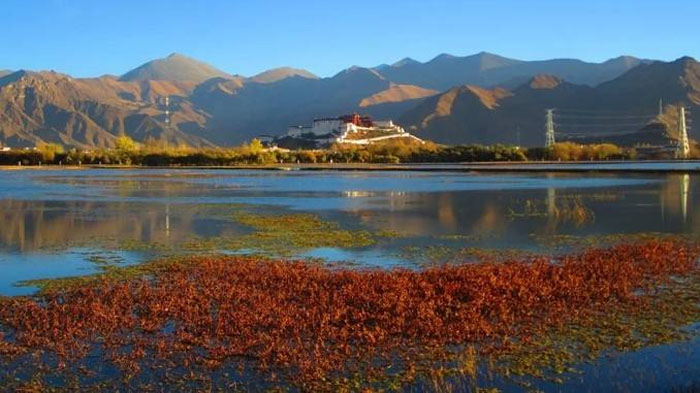 Autumn in Lalu Wetland
Autumn in Lalu Wetland
For those that are interested in bird watching at the wetlands, the summer or winter are the best times of the year to visit. Really, there are birds on the wetlands all year round, whether local birds or migratory birds from the north of Tibet. The local birds are best seen in the summer months, from June to September, once the fledglings have left the nest and started flying and feeding themselves. The flocks of local wild birds are astounding to see in the summer months.
The winter months, from November to March, are the time of the migratory birds on the wetlands, and this is the best time for bird watching if you are interested in the species of birds that travel south for the winter. Lhasa is a lot warmer than northern Tibet in the winter months, and a number of migratory species travel south in November to their winter feeding grounds on the wetlands. - >> Check here for the best time to visit Tibet.
The Best Time of Day
Birds are creatures that move at certain times of the day, and through most of the day, you may not see the numbers of birds that you might expect. This is due to the fact that these migratory birds are here to find food for the winter season, and fly far and wide to forage for food on the plateau, some traveling as much as 30 kilometers a day to forage for decent food sources.
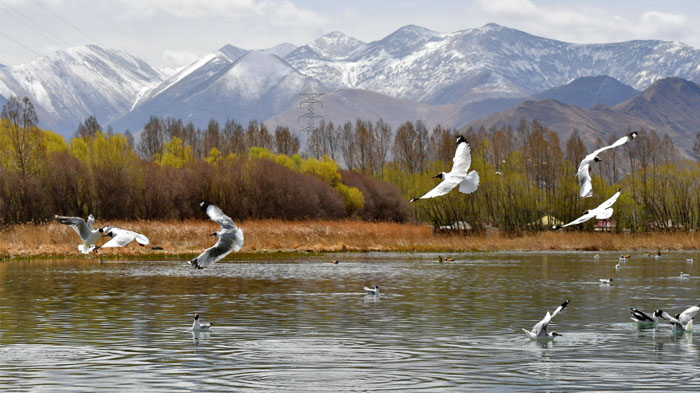 Migratory birds in Lalu Wetland
Migratory birds in Lalu Wetland
For the best opportunities to see the migratory birds on the wetlands, you need to be there in the early morning, just after dawn, when the birds will fly off to forage, or in the evening, around dusk, when the foraging birds are returning to roost for the night. However, while dusk can give you some excellent mood shots of the birds, the lighting is best after dawn in the morning, when the birds are most active, and as they fly off over the wetlands.
What Birds to See
The wetlands are a natural winter feeding and foraging ground for several species of migratory birds, including the Black-Necked Crane from northern Tibet, the Ruddy Shelduck, Bar-Headed Goose from Mongolia, White Storks from Qinghai, and a few other gulls and shanks that call the area home in the winter.
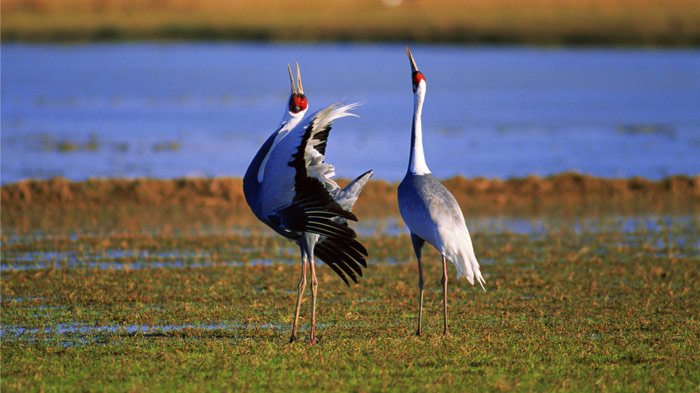 Birds in their natural habitat.
Birds in their natural habitat.
The wetlands are not the only place to go bird watching for such rare species as the Black-Necked Cranes. In the winter months, they can often be seen on the edges of Lake Yamdrok, to the southwest of Lhasa on the road to Gyantse. In the summer months, they are easily found in their summer habitats in the far north of Tibet, but also at Lake Namtso, in Damxung County, to the north of Lhasa. If you are planning a bird watching tour of Tibet, we have some excellent tours that can cater to your needs, such as the 6 Days Lhasa and Lake Namtso Small Group Tour and the 6 Days Eastern Lhasa Discovery Tour.
Lalu Wetland Lhasa: Expert’s Tips for Bird-Watching in Lalu Wetlands
Bird watching in Tibet is no different to any other country around the world, and while you may think that there are special types of equipment needed, there is nothing special needed for viewing the birds at Lalu Wetlands. The main gears you will need are a camera with zoom and telephoto lenses, a good pair of binoculars, preferably with around a 30-70x zoom, and a tripod for those more stable shots.
The usual rules still apply when bird watching in Tibet, such as keeping a safe distance from the birds and their nests, not feeding the birds with food in order to attract them, using only natural light with no flash photography, and refrain from wearing bright or billowing clothes, as this can scare the birds, even from a distance.
However, that said, there are some special requirements for Tibet itself, even if bird watching is the same. The sunlight on the plateau can be harsh, and can be damaging to the skin. It is best to make sure that you have a good sunblock for staying out in the sun all day, as well as moisturizers and lip balm for the chaffing winds, and a good hat to keep the bright sun off your head.
Cost for Visiting Lalu Wetland in Lhasa
Actually, there is no cost for visiting the wetlands at all. The Lalu Wetlands are divided into three parts, some of which can be accessed and some which are closed to tourists. The outer edges of the wetlands are open to anyone, and can be accessed easily from the surrounding roads, but only for a very short distance along the sides of the roads. The inner edges between the outer and core areas are for educational purposes, and are only accessible with a local permit for schools and colleges. The inner core of the wetlands is inaccessible to anyone except the park rangers, who oversee the protection and conservation of the area.
Conclusion
Lalu Wetlands is the best place for bird watching inside Lhasa, but for more open areas for birding in Tibet, there are the banks of the Lhasa River, as well as the lakes of Yamdrok and Namtso, which can provide a more open experience, unlike the closed and protected wetlands. However, with their importance in the area, especially as a winter feeding ground and local breeding ground, not to mention the importance of this wetland area for oxygen production on the plateau, the protection of the wetlands is of primary concern. It is a pleasant sight to see from the edges and the nearby mountainsides though, and it is well worth taking the trip out to the wetlands to get a look at the vast number of birds that inhabit this unique place in Lhasa.
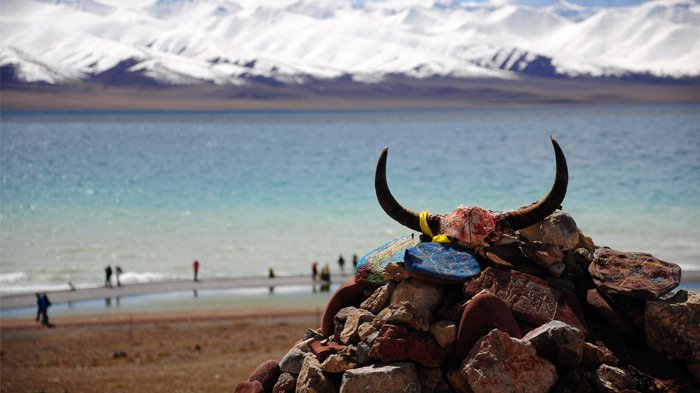 Touring in Tibet.
Touring in Tibet.
 Monks in the city streets.
Monks in the city streets.
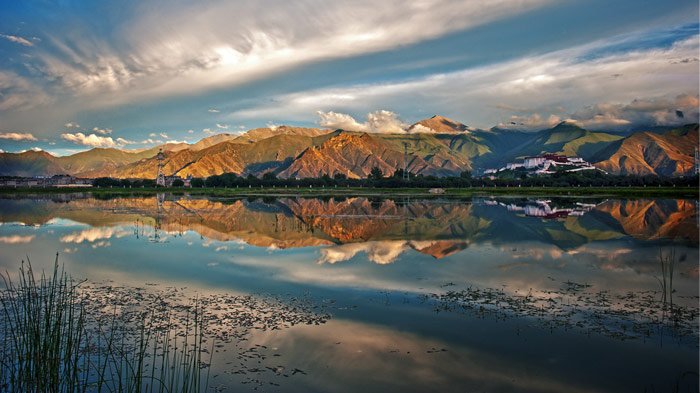 Lhalu Wetlands.
Lhalu Wetlands.
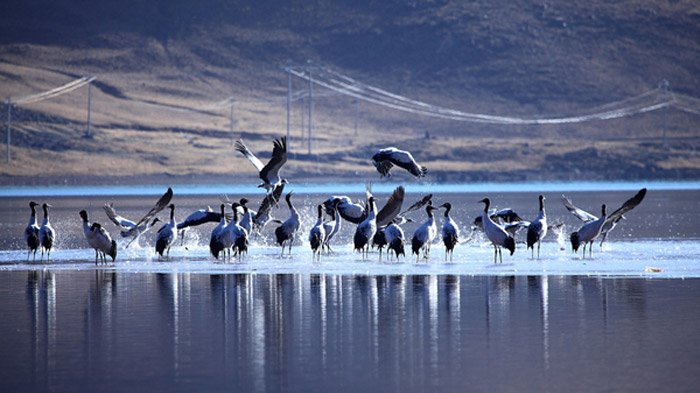 Wildlife in Lhalu Wetlands.
Wildlife in Lhalu Wetlands.
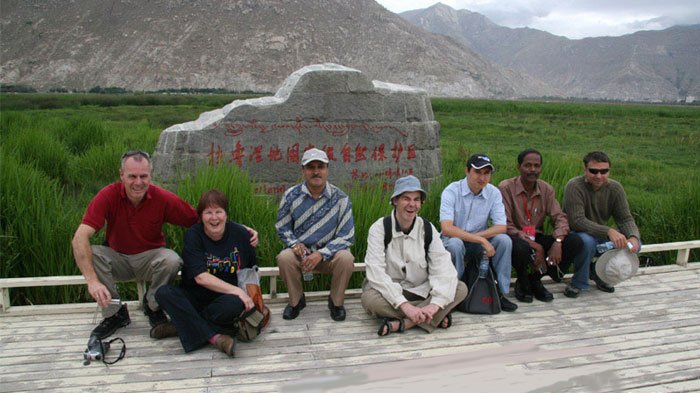 People enjoy their time in Lhalu Wetlands.
People enjoy their time in Lhalu Wetlands.

With exceptional passion and outstanding leadership, Mrs. Catherine has dedicated herself to Tibet inbound tourism and China tour for 15 years. As one of the handful females who see great potential of Chinese inbound tourism, Catherine has made great contribution to promoting Tibet tourism and enhancing the employment of Tibetans and prosperity of local Tibetan community.
Over the years, she travelled overseas with Tibet Tourism Bureau many times to promote Tibet tourism. Currently, Catherine works as the marketing director of Tibet Vista, an opinion leader behind the whole team of Tibet Vista.


.jpg)




0 Comment ON "Lalu Wetland Lhasa: an off-the-beaten path for visiting Lhasa "